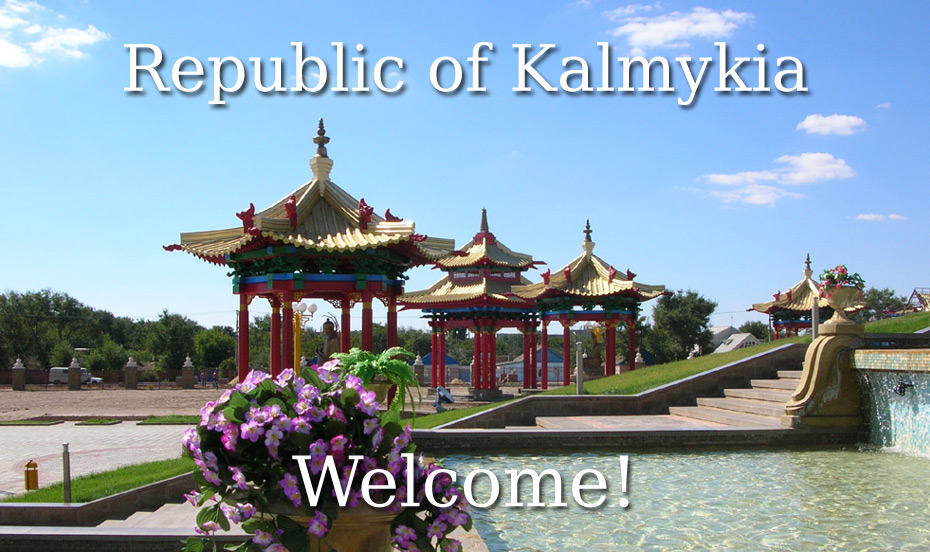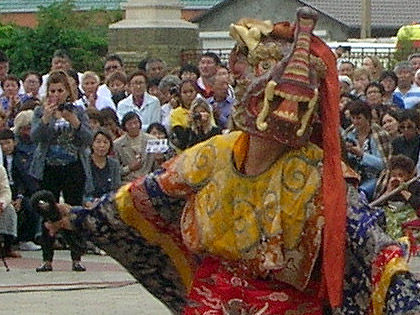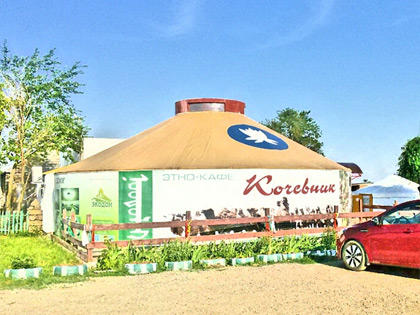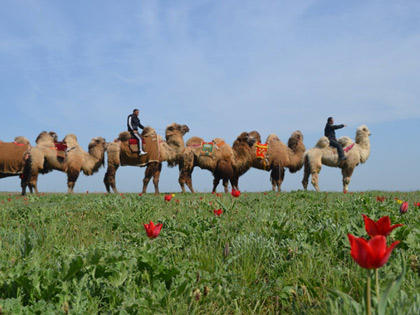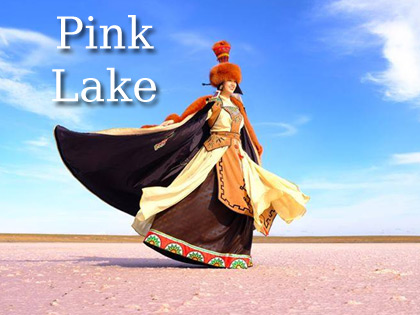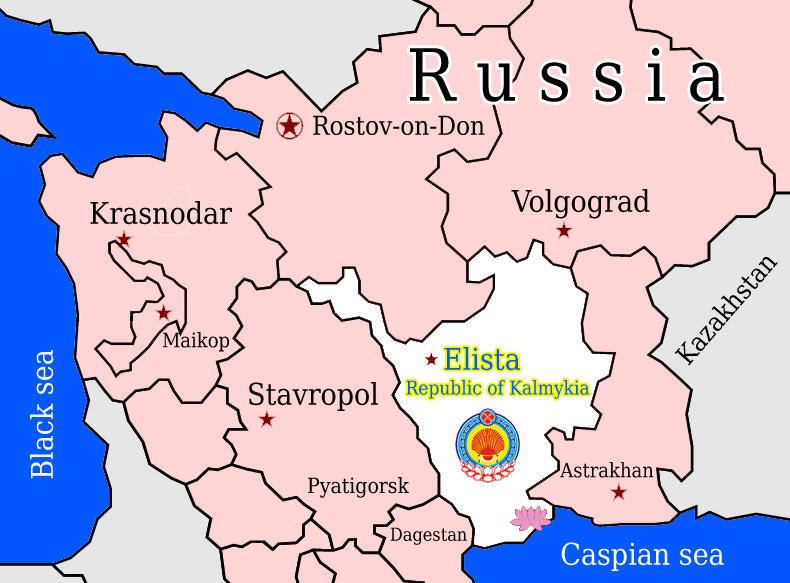Hungary
 Hungary
Hungary
The capital of Hungary is Budapest.
Population 9,772,756 (2019).
The area of the territory is 93,036 sq. km.
A landlocked continental state in the center of Europe. Has land borderswith Ukraine, Romania, Slovakia, Serbia, Croatia, Slovenia and Austria.
Hungary became the thirteenth most visited country in the world in 2002.
Tourism in Hungary
Tourism in Hungary is famous for its rich history. In 2004 and 2005, the number of holiday tourists in Hungary increased by 7 percent. 98 percent of tourists are residents of European countries, mostly from Austria, Germany and Slovakia.
The tourist season in Hungary lasts from April to October. In July and August there is a peak of tourist activity. The most popular destination in Hungary for tourists is the city of Budapest, the capital of Hungary.
Budapest became one of the most popular cities in Central Europe among tourists in the 90s of the 20th century.
The sights of Budapest include Buda Castle, which houses several museums and architectural monuments: the Hungarian National Gallery, the Museum of the History of Budapest, the Church of St. Matthias, the Fisherman’s Bastion, Sandor’s Palace and others. The Hungarian Parliament Building and Varosliget Park are popular.
Budapest is home to many museums and theatres. Buda Castle, the Danube and Andrássy Avenue are a UNESCO World Heritage Site.
Budapest, Hungary, 4K HDR Walking Tour
Budapest Hungary Roman baths
Hungary has about 1300 geothermal springs that have been used for healing and relaxation since Roman times. The Romans built their baths on the banks of the Danube as early as the 1st century AD. More than 30,000 cubic meters of mineral water with temperatures ranging from 21° to 76°C flow from 118 thermal springs in Budapest. Baths of Budapest, built in different historical eras, offer tourists treatment services, massages and spa treatments.
There are about 200 caves near Budapest, some of which are open to tourists. The Palvolgy Stalactite Cave is a large fascinating labyrinth discovered at the beginning of the 20th century. This is the largest cave system in the Buda Hills. Another cave – Zemlohegy (Szemlohegy) – is notable for beautiful walls covered with mineral salts and clean air. Matyas Cave, located on the outskirts of the city, consisting of almost impassable passages, attracts fans of extreme tourism.

The visiting card of Hungary is its thermal springs. The famous Miskolc-Tapolca is a bathhouse located in a cave. Lake Heviz is known throughout the world for its volcanic origin.
Lake Balaton is the largest freshwater lake in Central Europe. This is the second most popular tourism destination in Hungary. In 1994, 2.5 million tourists visited the lake.
Other areas of regional tourism are spa resorts, outdoor activities and cultural attractions. Around 400 campsites have been created in Hungary. More than 2500 km of bicycle trails have been laid. Fishing, bird watching, horse riding and hunting are also especially popular.
